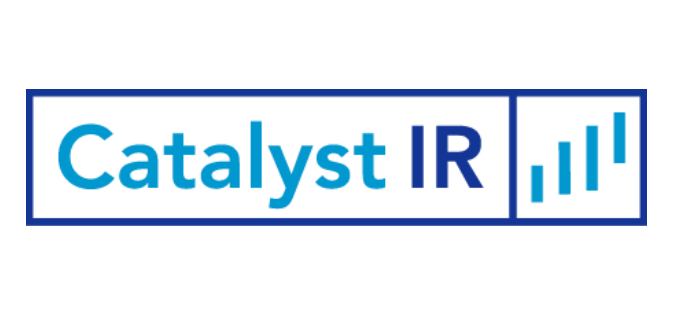Website Disclosure: What’s Good for the Goldman is Not Necessarily Good for the Gander
While we admire their effort to innovate, Goldman’s decision
to not utilize a wire service to disseminate their upcoming earnings but
instead to disclose their results via their website and Twitter seems a step
backward for full, fair and simultaneous, broad disclosure.
to not utilize a wire service to disseminate their upcoming earnings but
instead to disclose their results via their website and Twitter seems a step
backward for full, fair and simultaneous, broad disclosure.
Goldman’s choice of
“pull” vs. “push” in material disclosure seems to go against the spirit of Reg.
FD – even if the SEC has condoned the practice.
“pull” vs. “push” in material disclosure seems to go against the spirit of Reg.
FD – even if the SEC has condoned the practice.
Companies looking to follow Goldman’s lead should consider
the following:
the following:
- Do investors prefer to go and fetch earnings
news off each company’s website – or do they prefer to access all company
earnings in real time via their preferred financial portal/data source? - Isn’t it easier and better to use a wire service
to “push” material earnings data to all relevant sites/services used by
investors in real time? - How do Goldman’s financials get onto all the
major financial portals and databases relied upon by most investors? When is
this accomplished? [Read below] - What data integrity safeguards exist in getting
Goldman earnings content on other investment information portals/services? - How do you confirm the time disclosure has been
achieved and when you are able to “push” your data out via email, etc? - Is your website secure and sufficiently robust and
easily navigable to provide immediate access to all investors in real time? - Is your web team able to accomplish such
disclosure efforts and if so, at what cost relative to the alternative? - Are you 100% confidant your site cannot be
compromised before, during and after your material disclosures? Are you comfortable in taking on any liability
related to managing this function?
While industry leaders can get away with making a process
more time consuming and less investor friendly – can you? What would the
world look like if all companies followed Goldman’s approach and investors had
to go to each company’s website to
more time consuming and less investor friendly – can you? What would the
world look like if all companies followed Goldman’s approach and investors had
to go to each company’s website to
get material earnings news? It certainly would be good for
driving Edgar traffic!
driving Edgar traffic!
Does a 140 character Tweet have a real place in disclosing
material information when the source material is initially available on just
one website? What about unplanned material news – which is quite different than normally scheduled earnings reports – does the website/Tweet model provide suitable disclosure breadth & speed?
material information when the source material is initially available on just
one website? What about unplanned material news – which is quite different than normally scheduled earnings reports – does the website/Tweet model provide suitable disclosure breadth & speed?
And in the end, what does Goldman really have to gain from this approach, besides wire service cost savings (offset by the cost of in-house efforts) and publicity for it and its corporate finance client Twitter?
While the incidence of high-profile online security breaches continues to grow and no site seems immune, even the wire services, the problem isn’t wire service disclosure – the problem is security. Our sense is that the wire services are spending a lot more time & money on addressing those risks, than most corporate or IR sites, and their speed and breadth of reach is really not possible to beat.
The concept of moving the source of your disclosure from a wire service that reaches hundreds of mainstream financial websites simultaneously, to your own website, is hard to understand, particularly when you also consider how this action could relocate the risk and potential liability of any disclosure mishaps directly to your company.
Publicity aside, it’s very hard to understand how this is a good idea for Goldman, its investors or anyone else?
What we learned this afternoon from speaking with industry colleagues is that to address the disclosure limitations of its website, Goldman plans to provide “advance copies” of its news annoucement to several media sources prior to its formal disclosure, though we were not privy to “how long in advance?” or who those media sources are or are not. This effort seems intended to help these media points digest and report the earnings news while at the same time acknowledging the limitations they would face if they had to pull the news from the website along with everyone else.
While this practice is allowed under the Reg. FD “media carveout,” it does seem a counterintuitive security strategy when it spreads disclosure risk across a greater number of points rather than one central location. Fairness, equal access to the news, and sensitivity to investors’ needs and the value of their time do not seem as well served with this new model but we’ll see how it works over the coming quarters.
David C. Collins
Managing Director
Catalyst Global LLC
October 8, 2015
